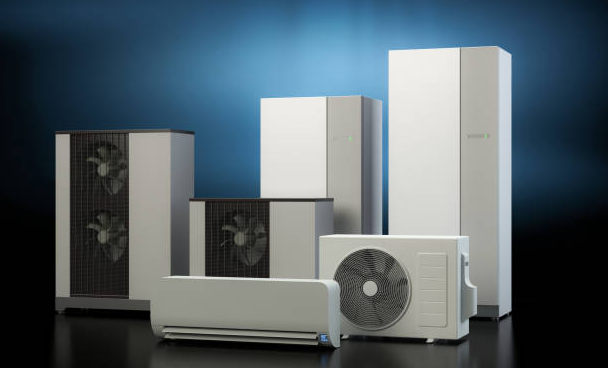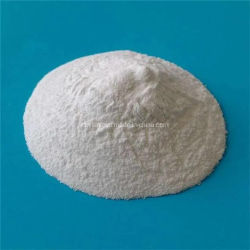
Inverter Heat Pumps: Precision and Energy Savings
Winter months is around the corner and it is important to provide an productive heating system inside our homes. Probably the most well-known heating system systems these days is definitely the warmth pump motor. It works by extracting temperature from the outside air flow or terrain after which moving it into the the location of hot it. Even though it may seem complicated, the technology behind temperature pumping systems is quick and easy to comprehend. In the following paragraphs, we will discuss all that you should learn about warmth pumping systems, the way that they job, their heat pump (värmepump) positive aspects, and why these are the ideal decision for your home.
How Exactly Does a Warmth Pump Job?
A temperature water pump can be a system that exchanges temperature in one place to another one. It utilizes a compressor to move warm air from a spot to one more, much like a freezer does with cool atmosphere. The heat pump motor functions by absorbing temperature through the outdoor atmosphere, which is then compressed and transferred to your residence by way of a duct program. When it’s freezing outside, the warmth pump concentrated amounts heat externally air and pumps it inside of. When it’s warm outdoors, the procedure is reversed, and also heat is obtained from indoors and moved outdoors.
Advantages of choosing Temperature Pumps
Warmth pumping systems are effective and eco-friendly. They use renewable energy resources such as the sun and the soil, reducing your carbon footprint. Moreover, temperature pumps provide lower operational expenses while they call for a lot less electrical power to work compared to traditional warming techniques. Because warmth pumps use electrical energy since their power source, you can make use of utilizing renewable energy sources including solar energy. Heating pumping systems are very low maintenance and may last for up to 20 years with good care.
The Different Types of Heating Pumping systems
You can find three principal kinds of temperature pumping systems: air resource, soil supply, and drinking water resource. Air resource heating pumping systems process heating from the air exterior and moves it in the home. Ground provider heat pumps use heating pumps to absorb temperature from your soil and move it inside of the home. H2o source warmth pumps work by taking out heating from the normal water supply, such as a lake or a pond. Picking the right form of heating pump depends upon variables for example weather conditions, earth sort, and the size of your own home.
Factors Just before The installation of a Temperature Water pump
Prior to putting in a heating water pump, it’s necessary to think about numerous variables like your financial budget, sizing of your property, and weather conditions. If you reside in a area with severe climatic conditions, oxygen source heat pumping systems might not be perfect, and you might like to go for ground resource heat pumping systems instead. In addition, warmth pumps work best when employed alongside successful heat retaining material, and suitable ventilation, so you should ensure your home is well insulated and ventilated.
quick
Heat pumps are an excellent selection for property owners looking for an effective and eco-helpful heating system. They offer an expense-efficient way of warming your property, whilst cutting your carbon footprint. Learning how heating pumps work, the different types accessible, along with the considerations prior to installment will help you select the right temperature pump for your residence. Together with the appropriate warmth push and care, you will enjoy a cozy and comfy home throughout winter months.




